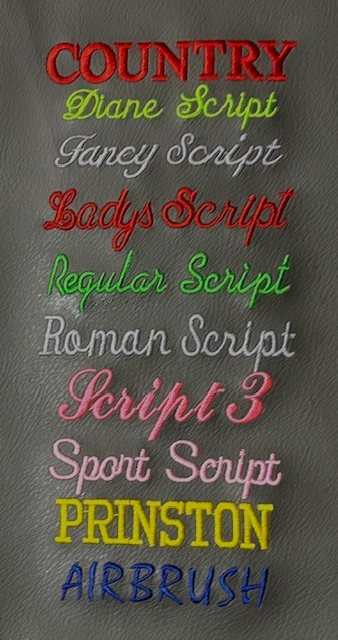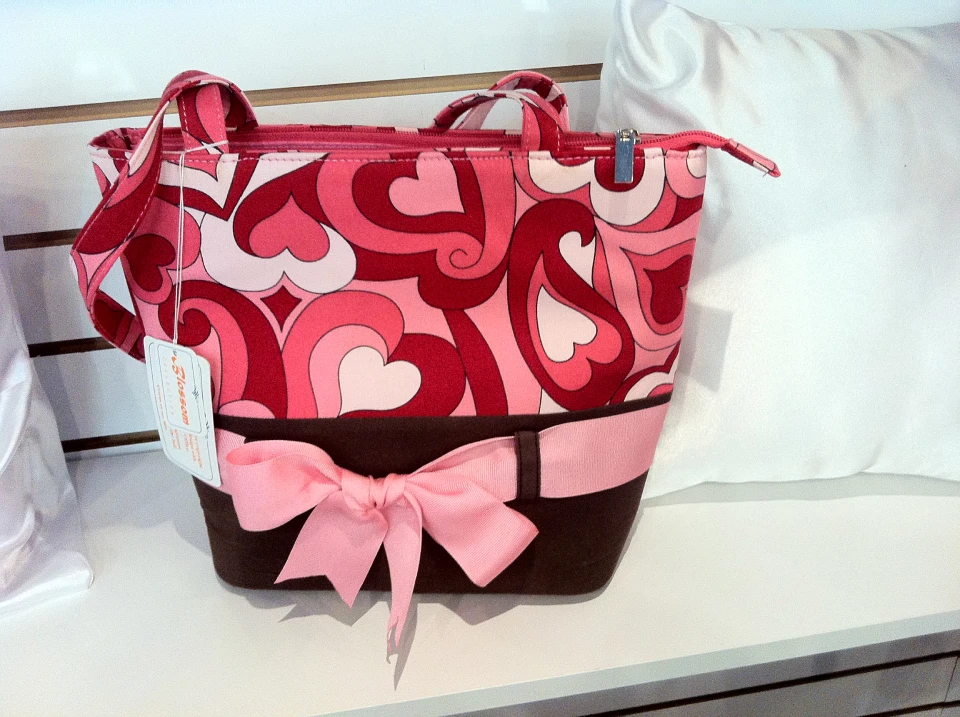Stylish Monogramming on Towels for a Touch of Luxury
The Art of Personalized Embroidery: Unlocking the Tricks to Creating One-of-a-kind and Remarkable Designs
The secrets to creating personalized needlework styles that captivate the eye and leave a lasting impact lie in a fragile balance of strategy, creative thinking, and interest to detail. As we dive right into the world of personalized needlework, we discover the nuanced interaction in between thread option, sew complexity, and layout personalization that elevates a plain garment to a job of art.
Choosing the Right Needlework Threads
When choosing embroidery threads, what vital factors should you think about to ensure the finest outcomes for your custom styles? The selection of embroidery thread is critical in identifying the last outcome of your stitched design. One of the key considerations is the material of the string. Different products such as cotton, polyester, rayon, and silk supply varying degrees of shine, resilience, and appearance. It is important to choose a thread material that matches the fabric you are embroidering on and straightens with the desired look of the style.
Additionally, the weight or thickness of the thread plays a considerable duty in the look of the needlework. Thicker strings can include dimension and texture to your style, while finer threads are suitable for detailed information and tiny message. Furthermore, thinking about the shade fastness and washability of the string is critical to make certain that your personalized layouts keep their top quality and vibrancy with time. By meticulously evaluating these factors and selecting top quality threads that meet your specific needs, you can improve the visual charm and durability of your embroidered creations.
Exploring Various Stitch Methods
To look into the realm of 'Exploring Various Stitch Techniques', one need to understand the ins and outs and subtleties that each sewing technique offers the art of embroidery. Different stitch techniques not only include visual passion but likewise contribute to the general appearance and dimension of the layout. One popular stitch method is the satin stitch, which entails carefully stuffed parallel stitches to create a smooth and shiny surface area, ideal for completing forms and creating strong lays out.
On the other hand, the backstitch is a flexible strategy frequently utilized for outlining and adding fine information. It entails sewing backward to produce a strong line of needlework. In addition, the French knot stitch adds a tactile aspect to styles, excellent for creating textured accents like flower centers or ornamental touches.
Discovering various stitch strategies allows embroiderers to play with light, shadow, and depth within their styles, raising the aesthetic charm and imaginative top quality of their needlework projects. By mastering various stitching methods, one can unlock unlimited opportunities for producing one-of-a-kind and remarkable custom embroidery pieces.
Incorporating Personalized Design Elements
Having explored the details of various stitch methods such as the satin stitch, backstitch, and French knot, the focus now changes towards incorporating personalized layout aspects in customized embroidery tasks. Customized design components play a vital role in making needlework jobs truly one-of-a-kind and unforgettable.
One more means to include customized layout aspects is by including signs or motifs that hold unique significance to custom suit shirts the recipient or reflect their passions and character. Integrating a favored flower, pet, or hobby-related symbol can make the needlework design a lot more meaningful and personalized. Furthermore, choosing shades that resonate with the recipient or line up with the intended style can further improve the customization of the embroidery job.
Understanding the Art of Color Control

One secret facet of color control is understanding shade concept. This includes recognizing how various shades communicate with each other, the feelings they share, and exactly how they look these up can be incorporated to create visually enticing designs. By using shade theory principles, embroiderers can develop harmonious shade schemes that enhance the general appearance of the layout.
Additionally, focusing on contrast is vital in color sychronisation. Making use of contrasting colors can assist specific components of the design pop, enhance readability, and create a visually dynamic needlework item. By mastering the art of color sychronisation, embroiderers can boost their designs and create unforgettable items that reverberate with clients and customers alike.
Enhancing Structure With Advanced Needlework Stitches

French knots, for instance, are excellent for including small, raised dots to your layout, mimicking the look of grains or developing a textured surface. Bullion knots, on the other hand, can be utilized to produce twisted, ropelike components that include an elegant feeling to the needlework. Seed sewing see post entails tiny, scattered stitches that can fill in areas with a multicolor appearance, while turkey work creates fluffy, dimensional accents reminiscent of animal fur or foliage. Experimenting with these advanced embroidery stitches permits you to press the borders of traditional embroidery and create really special and visually attractive appearances in your layouts.
Verdict
In verdict, the art of custom-made embroidery involves a mix of selecting the best threads, discovering different stitch methods, incorporating customized design components, grasping color sychronisation, and enhancing appearance with sophisticated stitches. By understanding and implementing these crucial elements, embroiderers can create unique and unforgettable designs that display their imagination and skill. Needlework enthusiasts can open the tricks to developing lovely and bespoke items that stand out and leave an enduring impression.